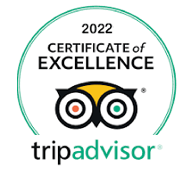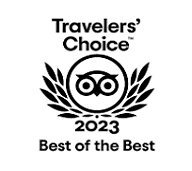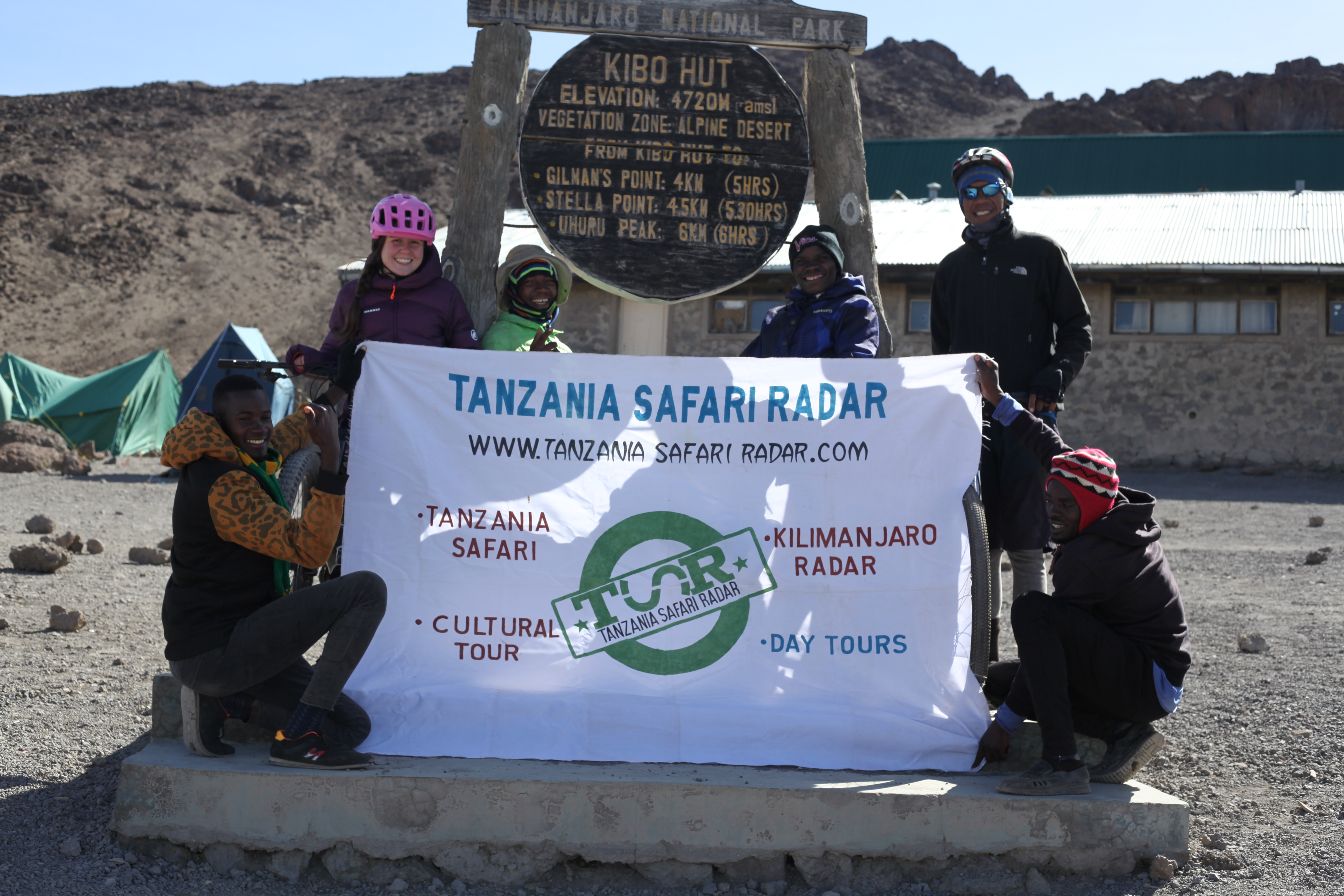 call us
call us
 mail us
mail us
 Tz
Tz
 TripAdvisor
TripAdvisor
 Trust Pilot
Trust Pilot



Mount Kilimanjaro is famous for being the home of Africa’s highest point, and being the tallest free-standing peak in the world. It’s estimated that 30,000 people come every year to climb it. Recent statistics suggest that more and more people are reaching the summit every year. To climb Mount Kilimanjaro can be a bit of a challenge especially if you’re new to hiking, camping or high altitude – however the specific challenges are mainly due to the altitude, your frame of mind and fitness but with the correct preparation and a good guide team, the vast majority of people can successfully reach the summit. Well maintained routes can be done in as little as 5 days (although we do not recommend trekking in such a short time), routes like machame and lemosho can take 6 days up to 8 days and they do not require any special skills, just your fit body and your determination to reach the uhuru peak; these routes also give you room for acclimatization which is important if you want to reach the summit. All in all chances are, if you climb on a longer route with a professional guide and a supportive team, you’ll likely make it to the top – in just one try.
The fast answer to this question: is clearly no. If you are too young, or extremely old you will unlikely be able to cope with what Kilimanjaro throws at you. The minimum age to climb Mount Kilimanjaro is 10 years, although there are few cases that involved children younger than ten, to do that you will have to get special permission from TANAPA. The nature of the climb is strenuous and presents health risks especially to people in high risk categories; it is advised that serious consideration and preparation should be given to people under the age of 18 and above the age of 60. For the average person though, being able to successfully climb and summit Kilimanjaro is definitely attainable. You don’t need to be particularly fit (indeed being too fit can be detrimental) and you do not need any technical climbing skills.
The prices for Kilimanjaro climbs differ wildly. To climb Kilimanjaro can cost you anything from $1000 to $7000 and above. That is the cost of your Kilimanjaro climb itself. It does not necessarily include you accommodation before and after, it definitely does not include the equipment you need to buy, the vaccinations, and the flight...Climbing Mount Kilimanjaro is not a cheap holiday. There are some operators advertising cheap Kilimanjaro climbs that cost below $1200. Do not go there! You'll see why. Do not start your search for a Kilimanjaro climb by looking at the cost first. If you do, you may end up paying the ultimate price, or someone else may have to pay it for you. To explain, there are minimum expenses every Kilimanjaro operator faces, such as park fees and taxes, staff wages, food, equipment, transportation and other logistical costs. Kilimanjaro National Park entrance fees, camping/hut fees and Tanzanian taxes by far make up the biggest expense, costing about $200 per climber per day. The operators that offer prices that are too cheap are not to be trusted by reducing prices too far, there is simply no way for these operators to provide satisfactory services without skimping on necessary expenditures. It's a certainty that they cannot meet the requirements for a decent climb. On the other hand there are those who are more comfortable paying inflated prices to climb Kilimanjaro. For the most part, luxury operators who charge over $5000 do provide excellent services but same services can be provided with the same standards, including the same safety measures or better, by standard or mid-range tour operators and you don't have to pay thousands more to have them!
You are a LOT more likely to reach the summit if the weather on Kilimanjaro is favourable. There are two distinct hiking seasons which comprise the best time to climb Kilimanjaro. They are January-March and June-October. January-March is normally colder than June-October and there is a higher probability of encountering snow on the summit. For some this might be a dismissive factor, but the benefits of a January-March trek are that the slopes are often quieter at this time of the year. The June-October is more popular and hence certain routes are often quite busy. March, April and November are the wettest months on Kilimanjaro, and not ideal of trekking. Snow fall and cold temperatures are common during December-May.
The honest answer is that the temperatures on Mount Kilimanjaro range from hot to bitter cold. Trekking Kilimanjaro is special for so many reasons, and one of these is that from origin to summit, climbers find themselves weaving through several distinct climate zones. It is said that the journey from the gate to the peak is like traveling from the equator to Antarctica in a matter of days! Mount Kilimanjaro has five major ecological zones, each approximately 3,280 feet (1,000 m) in altitude. Each zone is subject to a corresponding decrease in rainfall, temperature and flora/fauna as the altitude increases. At the base of the mountain, the average temperature is around 21 to 27 °C and at the summit, Uhuru Peak, the night time temperatures can range between 20 and -20 degrees Fahrenheit (-7 to -29 degrees Celsius). Like all great mountains, Kilimanjaro creates its own weather which can be extremely variable and difficult to predict. Hikers need to be prepared for warm, sunny conditions, and rain, wind, cold, and even snow.
Close to 35,000 people attempt to hike Mount Kilimanjaro each year — but only 65% of them successfully reach the summit. Statistics for summit success greatly improve when you spend longer on the mountain. The longer you give your body on the mountain, the more time it has to adapt and acclimatize to the altitude. Essentially, the longer you spend trekking, the higher chance of success you have.
Altitude Sickness is a major concern when hiking Kilimanjaro. This means that on shorter itineraries full acclimatization is not be possible and even on longer itineraries a large proportion of people climbing Kilimanjaro will suffer from mild symptoms of Acute Mountain Sickness. If you have any pre-existing health conditions that you think may make you more susceptible to AMS we advise that you consult your doctor before booking this trip. There are number of practical steps you can take so that you can lower your chances of getting altitude sickness;
It’s a tough question to answer because each individual has different perception on what makes something important or meaningful to him or her, but a quick answer would be yes, hiking Mount Kilimanjaro is totally worth it! We are going to highlight the top reasons why you should consider hiking the roof of Africa;
The highest peak in Africa and one of the seven summits in the world
As the highest peak in Africa, Mt. Kilimanjaro is not only one of the Seven Summits, but it also has the unique title of the world’s tallest free-standing mountain. Therefore, trekking this mountain is a unique and record-breaking experience that any keen hiker would love to achieve.The most accessible among the seven summits
One of the unique characters of Mount Kilimanjaro is that it can be climbed without technical skills or mountaineering equipment such as harnesses, ropes and crampons. That is to say, total beginners without any experience on big mountains can safely and successfully complete the challenge. Other peaks in the Seven Summits all require technical ability, making Mount Kilimanjaro the perfect adventure for those wanting to flex their high altitude lungs for the first time and not have to learn a new skill.The journey to the summit takes you through the most gorgeous landscape.
Almost every kind of ecological system is found on the mountain: cultivated land, rain forest, heath, moorland, alpine desert and an arctic summit. Each zone gets colder and drier as the elevation increases. Plant and animal life also disappear with the rise in altitude through the heath and alpine desert zones.Get the glimpse of the ice cap before it melts
Unfortunately the snow covered peak of Mount Kilimanjaro will continue to melt as time goes, due to global warming. Some believe the ice will be completely gone within the next couple decades. By climbing Kilimanjaro soon, you can be one of the last people who have a chance to see this spectacular ice cape before its gone forever.Having the right clothing is essential and the trick is to use a system layers that can be added or removed as conditions change. Every day will require a slight change to your clothing, adding warmer layers, gloves and hats as you go higher. Here’s a list of basic things you might need while hiking
Clothing
4-5 Pairs of underwear
Top and bottom base layer – Icebreaker (Women) or SmartWool (Men)
3-4 Short sleeve and 1-2 long sleeve trekking shirts
1-2 Pairs of hiking trousers
1 Fleece jacket
1 Insulated winter jacket
1 Insulated trekking trousers
1 Hardshell jacket
Lightweight raingear
Headgear
Sun hat, ideally with a neck cover
Warm beanie or fleece headband
Bandana or neck gaiter
Headlamp
Sunglasses
Hands and Walking
Lightweight inner gloves
Warm outer gloves/mitts
Adjustable trekking poles
Footwear
Mid-weight hiking boots
Camp trainers (Men) / Trekking sandals (Women)
4-5 Pairs of trekking socks
1 Pair of warm/thick trekking socks
General Accessories
Large volume water bottle or hydration bladder
Water Purification Tablets
Baby wipes
Sweat-resistant suncream
Blister plasters
Insect repellant
General medications (Paracetamol, Imodium)
Pee bottle (optional)
You don't need to be exceptionally fit, but you do need to get your body used to the particular demands of this hike. Otherwise the first days will be so tiring that you will have no energy left when it counts. So, the best Kilimanjaro training is to simply walk. Walk as often as you can and as much as you can. Wear the boots you will be wearing on the climb. (If they are newish then this is very important!) Wear the day pack that you intend to take. If you've never done much hiking, start a few months before your departure date and start slowly. Look for nature trails, uneven ground, head for hills and mountains if there are any within your reach. If you can afford to, travel to spend a few days in the mountains, only if this is something that you would enjoy, of course. You must also consult your doctor prior to embarking on this trip if your answer is YES to any of the following questions:
• Do you have a heart condition?
• Have you had any pains in your chest or heart?
• Do you randomly lose your balance, feel faint or have spells of severe dizziness?
• Do you have high blood pressure?
• Do you have a bone or joint problem that could be made worse by a change in your physical activity?
• Are you taking any prescription medications, such as those for heart problems, high blood pressure, high cholesterol or diabetes?
• Do you know of any other reason why you should not engage in physical activity?
• Are you pregnant?
Bottom line is, with proper preparation, professional guide and a helpful team Mount Kilimanjaro hiking can definitely be done by anybody.
